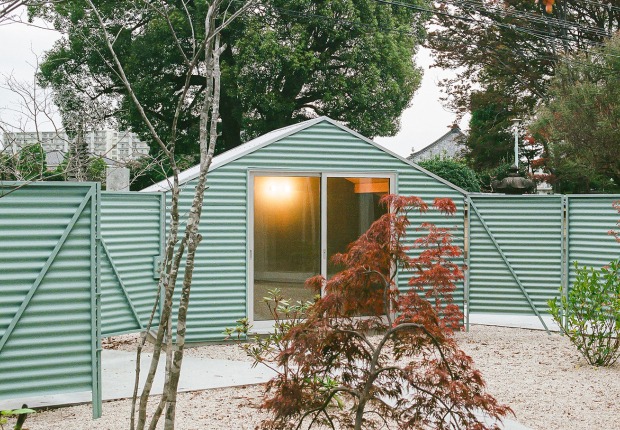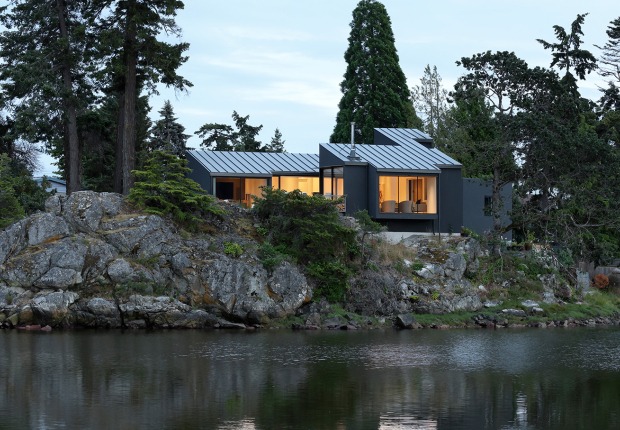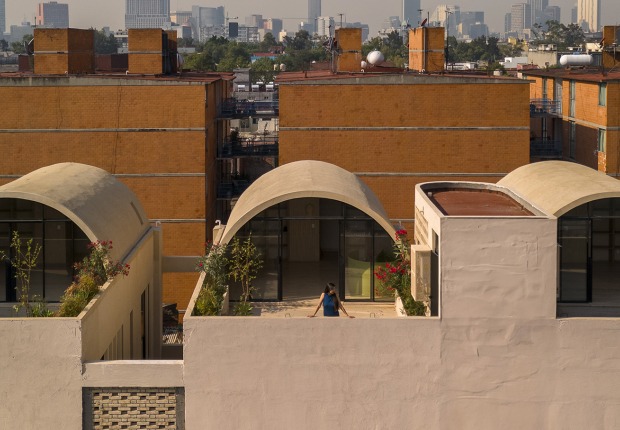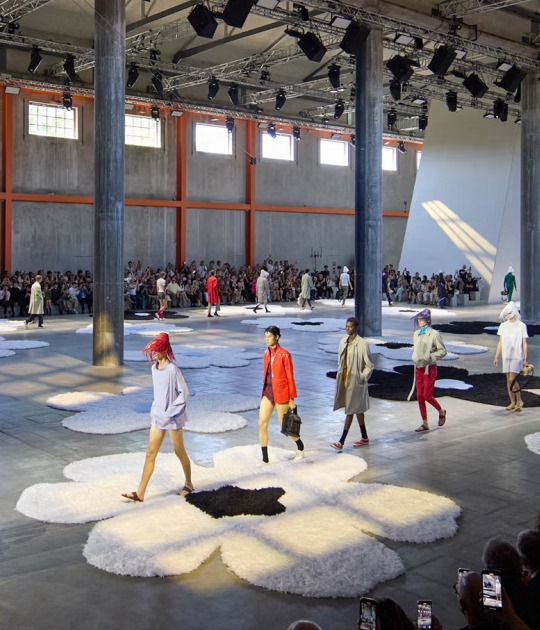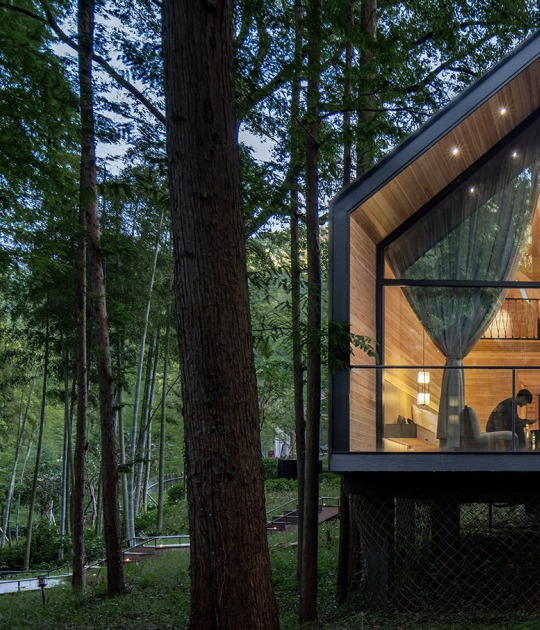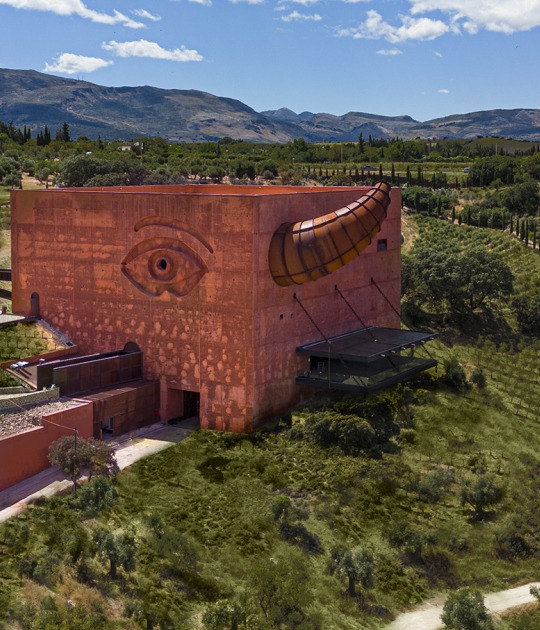While the interior space is landmarked – the famous bar, sculpture and curtains will all remain intact – the designed furniture, tableware and objects will be offered at auction in the extraordinary one day event to take place in the original interior. Featuring approximately 500 lots, the sale will include works by Mies van der Rohe and Hans Wegner as well as custom designs by Philip Johnson and special-ordered Knoll furniture. The tableware and cookware designed by L. Garth and Ada Louise Huxtable will also be offered.Wright auction house will handle the auction. You can check here the complete catalog.
Among the auction lots you can be found from the original poster with a starting price of $ 5,000 to a game of spoons dessert for $ 200.
The Four Seasons will serve its last meal on July 16. On July 26, Julian Niccolini and Alex von Bidder, the partners who took over the restaurant 21 years ago, have promised to open a new Four Seasons within a five-minute walk of the present location, on East 52nd Street at Park Avenue. But the Four Seasons of old will vanish.
--------------------------------
Diseñado en 1959 por Philip Johnson para el edificio Seagram obra de Mies van der Rohe en Park Avenue, en Manhattan, El Four Seasons se ha convertido en uno de los espacios interiores de estilo internacional más importantes y reconocidas en el mundo.
Mientras que el espacio interior es un hito en sí mismo - el famoso bar, las escultura y las cortinas permanecerán todos intactos - los muebles, las vajillas y objetos serán ofrecidos en una subasta en un acontecimiento extraordinario de un día que tendrá lugar en el interior del Seagram Building. Con alrededor de 500 lotes, la venta incluirá obras de Mies van der Rohe y Hans Wegner, así como diseños personalizados por Philip Johnson y muebles de un pedido especial de Knoll. También se les ofrecerá la vajilla y utensilios de cocina diseñado por L. Garth y Ada Louise Huxtable. La casa de subastas Wright se encargará de la subasta. Puedes consultar aquí el catálogo completo.
Dentro de los lotes de la subasta se puede encontrar desde el cartel original con un precio de salida de 5.000$ hasta un juego de cucharas de postre por 200$.
The Four Seasons servirá su última comanda el 16 de julio. El 26 de julio, Julian Niccolini y Alex von postor, los socios que se hicieron cargo del restaurante hace 21 años, se han comprometido a abrir un nuevo Four Seasons a cinco minutos de la ubicación actual, en la calle 52 en Park Avenue. Pero restaurante original de la antigüedad se desvanecerán.




























